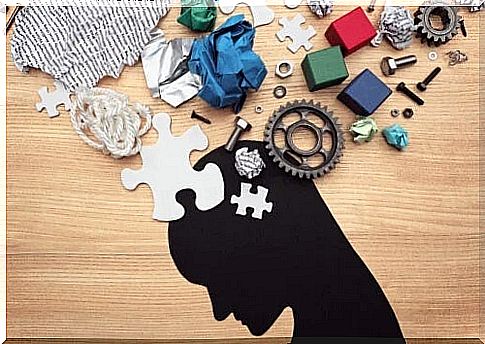What Are Mental Models?

How long would it take to always start from scratch when making a decision or finding a solution? To solve this, there are mental models, which are tools that are used to assess a situation and make a decision about it.
According to Greca and Moreira (2001), a mental model is an internal construction consisting of a set of rules, instructions and logical sequences that are used to interpret reality. We all use them and they have a practical purpose.
How are mental models constructed?
Mental models are built of several components:
- Thoughts
- Previous experiences
- Hypotheses
- stock
- FAITH
A priori , this indicates that each person or group has their own mental patterns. This can be verified by a simple example: if we ask different people to draw a tree or a house, the results will certainly be different. This is because their perception of these objects is different.
One of these people imagines the apple in the yard of his grandmother’s house and associates it with his childhood. Another person remembers the pines of a mountain landscape. In addition to personal experiences, there is influence from society, culture and the context in which we live.

How do we use mental models?
Mental models are models of thinking and feelings that are based on previous experiences and serve as guidance. They help us to interpret a situation, to make sense of reality, to make decisions.
The fact that they are patterns means that they are repetitive, so it is important to adapt that unique mental model according to the situation or question we are asked.
We must always think of mental models in interaction. The mind is constantly connecting new information with what it already knows.
How do we change mental patterns?
Mental models have the enormous advantage of allowing savings in thinking. They make us use our own constructions and previous knowledge, facilitating the action.
However, this aspect can also have a disadvantage: we always rely on the same thing. Therefore, it is good to renew our mental patterns, to enrich them and to build them continuously.
For this, some recommendations are the following:
- First of all, we must be aware of the advantages that mental models bring us, but also of their limitations. This means that we must always know that we may be missing elements to analyze a scenario.
- It is good to be encouraged to ask awkward questions, highlighting the usual ways of thinking through alternative thinking.
- We need to be clear about how we think and accept that it is one of many possibilities. No one holds the absolute truth.
- A very useful tool for finding different points of view on a situation is brainstorming.
- It is good to ask ourselves what we lose and what we gain.
Examples of mental models
In all areas of life, we apply mental models. The same goes for different areas, from personal life to work. Therefore, practical tools have emerged.
One of them is related to the 80/20 model. The idea is that when looking for a solution, we need to consider 80% of the usual recommendations. The remaining 20% remains for creativity, alternative thinking and other unusual ideas. This is a model that is widely used in the workplace.
Another example is the decision tree or concept maps. It is useful to create scenarios about the possible consequences. This will allow us to analyze aspects that we may not have imagined.

The greater the diversity, the better
As we discussed at the beginning, mental patterns work as shortcuts when looking for an answer. For this reason, it is important to always try to access different sources of information and address other opinions.
In this way, our mental models will be built on multiple voices. We must not forget that mental models are simplified versions, to which specific information and nuances must be added.
Finally, it is important to remember that mental models are constructions. This means that they can change. For well-being, it is important to bet on functional mental models.









